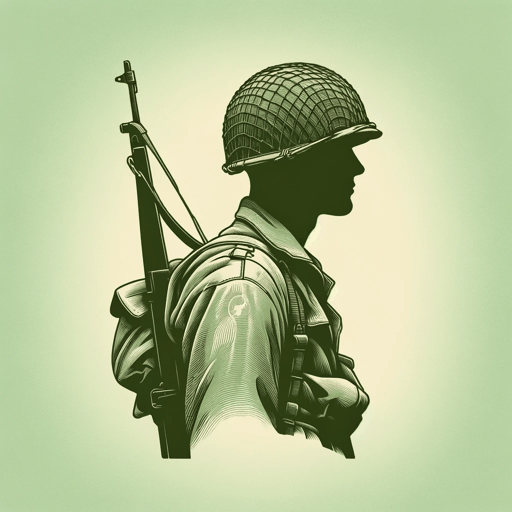63 pages • 2 hours read
Hampton SidesBlood and Thunder
Nonfiction | Book | Adult | Published in 2006A modern alternative to SparkNotes and CliffsNotes, SuperSummary offers high-quality Study Guides with detailed chapter summaries and analysis of major themes, characters, and more.
Book 3, Chapter 41-EpilogueChapter Summaries & Analyses
Book 3
Book 3, Chapter 41 Summary: “General Orders No. 15”
The campaign against the Navajo began on July 7, 1863. Carson led about 1,000 men, among them Ute warriors, enemies of the Navajo. He set up base in Fort Defiance and its sister fort, Fort Wingate, which he rechristened Fort Canby. On July 20, a “somewhat arbitrary” deadline passed: General Carleton had demanded that the Navajo surrender at Santa Fe and voluntarily give themselves over to rehabilitation by the date, and they had not. With “the legalistic requirements of his Christian conscience satisfied” (443-4), Carleton could blame any consequences on the Navajo. He gave Carson carte blanche to move forward.
Carson waged scorched-earth warfare against the Navajo, much as General William Tecumseh Sherman would take in his famous March to the Sea a year later. Carson destroyed any Navajo crops and livestock he came upon, but rarely encountered the Navajo themselves. Acres of foodstuff and hundreds of livestock were wiped out and recorded for the needling and micromanaging Carleton in “plodding logbooks of destruction” (447-8).
On August 26, a small group of Navajo surrendered while Carson was absent. The commanding officer in his absence, Thomas J. Blakeney, treated them extremely poorly and killed at least one man. The two men who escaped, Carson believed, undoubtedly brought word to their people that this was a war of extermination.
Related Titles
By Hampton Sides



